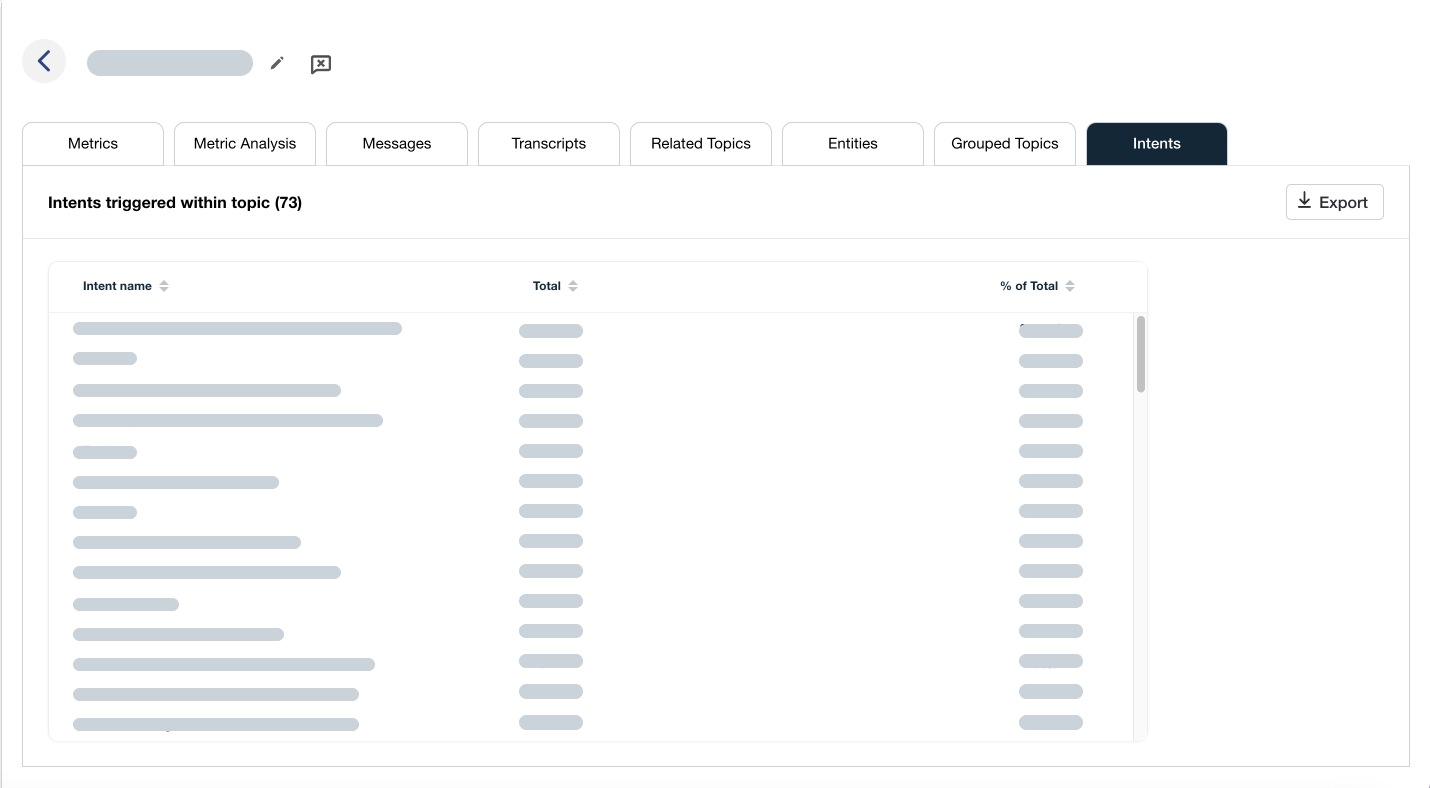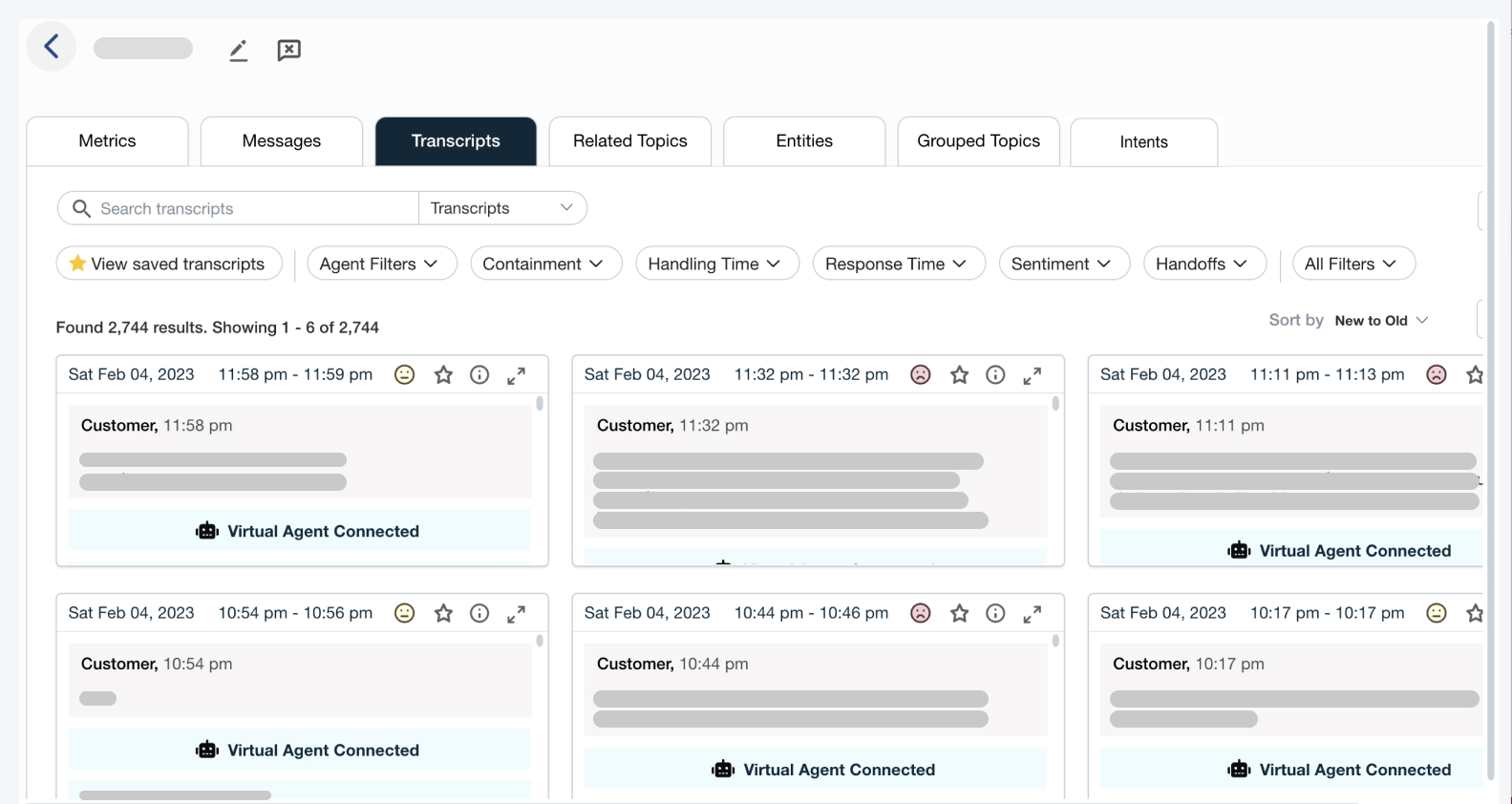Omni-channels, BI, AI, Robots, Chatbots… Are You up to Speed?
Omni-channels, BI, AI, Robots, Chatbots… Are You up to Speed?

Think of workforce management (WFM) as a cockpit with instruments, indicating how your flight or – in this context – “business” is going. Without WFM, you’re practically flying in the dark – if not blindly so! Where are you headed exactly? What’s going on? What should you do? What decisions should be made? Tremendous development and evolution, both in cockpits and WFM, have taken place in the past decades. Are you keeping up?
The term “WFM” is hardly new and dates back thirty years or more. Twenty years ago, the general talk was about inbound and outbound centers. At the turn of the century, the buzz turned to increasing efficiency, and the multi-skill environment arose in response.
At the beginning of this decade, the talk turned to multi-channels. Not only were there ten different kinds of phone calls but also different channels – e.g. e-mail and chat. Voilà the rise of the multi-channel contact-center and agent. Today, it is not unusual for agents to have 20 skill areas in their profiles in conjunction with different types of interactions.
Two to three years ago, we got into the world of omni-channel. What does this mean? Let’s say you go into the website of your bank and browse. You then click the “chat” button. With omni-channel in place, what you were browsing need not be repeated: it’s already been recorded. This saves precious time, both for customers and the customer-servicing outfit.
If the chat person is unable to answer your query, you’re transferred to the appropriate agent and a live call. Again, thanks to “omni,” the history of your web browsing and the chat now goes to the live call – without your having to repeat everything all over again. “Omni” gets rid of all the annoying repetition, thus improving the overall customer experience.
When discussing replacing or upgrading your WFM, multi-channels, multi-skills and omni-channels should absolutely be part of that discussion. Whatever system is being utilized for planning, forecasting or scheduling, these areas should become part of the equation, if they aren’t already – and, in my opinion, they should be done on the double. The WFM of today can no longer afford to think about just planning, forecasting and scheduling alone.
It is 2018 and the buzz in the contact-center industry is about market drivers in digital advancement. This applies to business intelligence (BI), artificial intelligence (AI), chatbots and wearable devices.
Let’s talk about BI. Your WFM is connected to your automatic call distributor (ACD) but could and should also be connected to multiple platforms – for example, to the Salesforce platform that then sends and receives information. This achieves and increases invaluable BI!
Utilize your WFM as a central system, like an octopus with many arms, connecting it to multiple platforms. And why not connect it to HR and payroll, automatically pushing data about agent behavior? Without this, someone has to collect this contact-center data and send it manually in a report.
What will this bring the contact center? Even better BI. For example, of the twenty agents on the job, who is most likely to break adherence within the next twenty minutes? AI will give you the answer. Boom. Mary Jane.
Providing BI to supervisors is already happening via the intra-day management feature of modern-day WFM: the system constantly analyzes campaigns and market behavior, makes assumptions, etc. This, and more, will become even more accurate and swifter in the near future. AI then takes it from there and based on this information, can make better, swifter decisions that will end up making your business run more optimally.
In today’s day and age, there never seems to be enough time – there’s always a million things to do. Sounds familiar? Robots to the rescue, sending warning flags! Many organizations are adopting the chatbot approach and automating customer care. But please don’t confuse these with interactive voice response (IVR) systems, saying: “Thank you for calling. Please dial….”
The chatbot platform analyzes your voice and message, and then responds accordingly. Isn’t it spooky that sometimes you can’t distinguish a robot’s voice from a real one! Think Joaquin Phoenix as Theodore, in the 2013 blockbuster film, HER, where Scarlett Johansson plays the role of Samantha, an artifically intelligent, personified voice of a computer operating system – so empathetic and growing all the time…in fact, growing far beyond her britches!
Finally, we come to wearable and remote smart devices – a favorite! I’m talking about them setting the right temperature on your side of the bed or measuring your sleep IQ; opening the front door when the bell rings, even if 3,000 miles away; the sprinkler system watering the lawn only when necessary, popping your dog a treat when s/he behaves at home but you’re at work; Ralph Lauren taking your measurements through a shirt and sending it digitally. This is all happening here and now!
Imagine supervisors wearing Google glasses – even prescription-filled ones – receiving reports, red flags and warnings, right in front of them! It’s up-to-the-minute intelligence in an instant. Imagine agents stating shift preferences, getting time-off approvals and swapping shifts – right from their wearable devices. It’s cool and it’s where we’re headed.
Anyone thinking of investing in a WFM solution must think of its future and how it will play with the onslaught of these digital advances. To be up to speed, start thinking about how to blend your multi-channel capabilities with these digital advances. Doing so – i.e. accommodating your multi-channels – will bring you even greater efficiency of scale.









